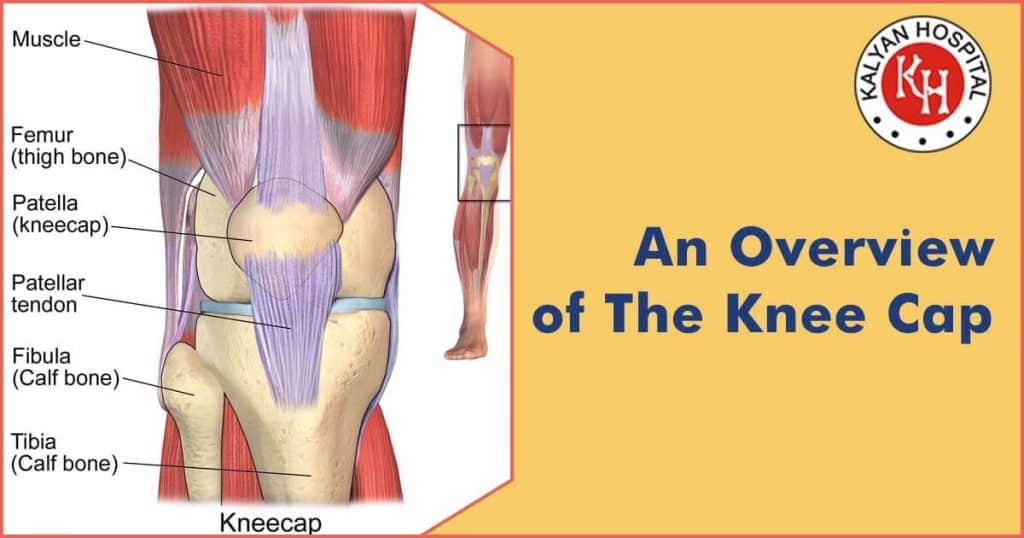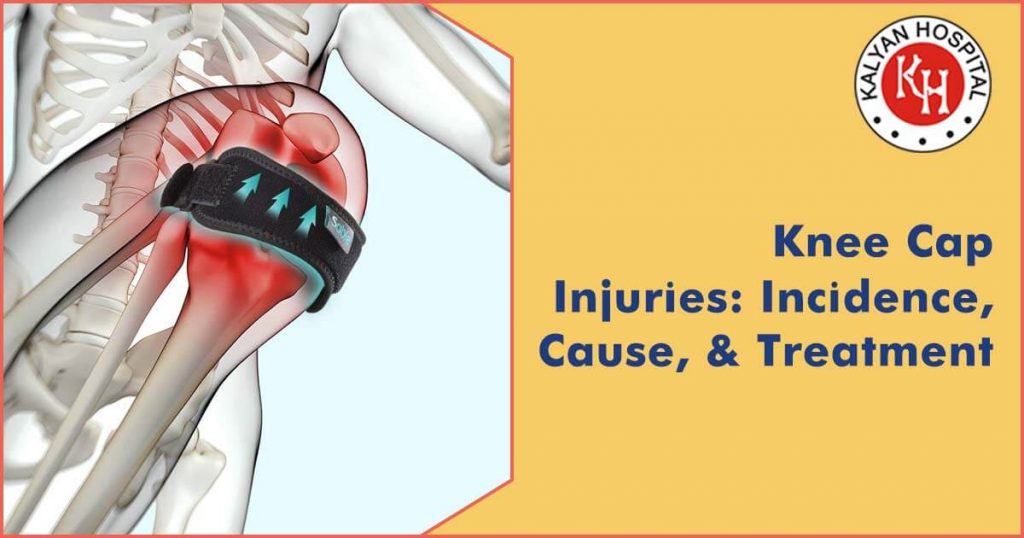[vc_row][vc_column][vc_column_text]For athletes, kneecap injuries are totally known to them as they are certainly exposed to greater risk. A kneecap injury generally results from a great deal of force, most of which are acute injuries. A broken kneecap and patella dislocation are the two commonest kneecap injuries you must have.
A dislocated kneecap occurs when forced from its original location in the patellar groove. On the other hand, a broken kneecap is when the kneecap breaks into one or several pieces.

An Overview of The Knee Cap
A kneecap is also termed a patella, a small triangular bone located at the top/front of the knee joint. The patella rests in the trochlear groove on the front of the femur.
It is also found in the bottom of the quadriceps muscle. It slides up and down in the groove but moves along either side of it, preventing it from moving sideways. The patella is supported by thick cartilage and strong ligaments.
The Incidence of Knee Cap Injuries
Kneecap injuries are rare, but kneecap pain or patella pain is common. This is simply because the patella pain triggers are common. Let’s look at the different types of knee cap injuries.
Patella Fractures “Broken Knee Cap”
One can get a broken patella after falling from a height, suffering a massive tensile force pulling, or a direct blow to the patella. The kneecap fractures differ in severity and the extent determines the type of treatment.
Treatment
Severe patella fractures are treated surgically, and the orthopedic surgeon will screw the broken pieces together during the procedure. In case the patella has broken into numerous pieces, the surgeon will make different holes to wire the pieces together.
A brace is required after surgery to hold the knee but can be removed for gentle movement exercises. Strengthening exercises can begin at least 5 weeks after surgery to help knit back the bones into their original position.
Patella Dislocations
If your patella moves out of its groove, you have a patella dislocation. You may get a patella dislocation after falling or being involved in a car accident.
The kneecap may commonly move to the outer side of the joint since the bony ridge is lower on the lateral side of the knee than on the inner side.
Pain, instability, swelling, and weakness are common signs of a dislocated patella.[/vc_column_text][/vc_column][/vc_row]



























